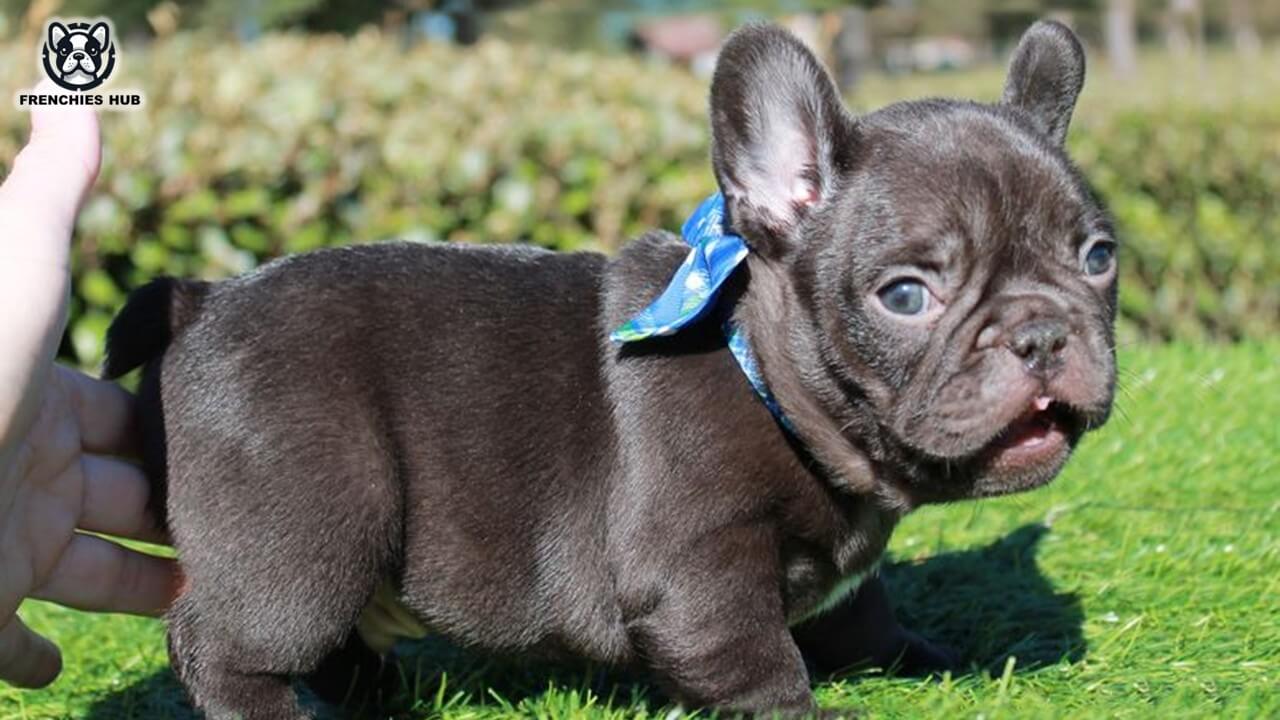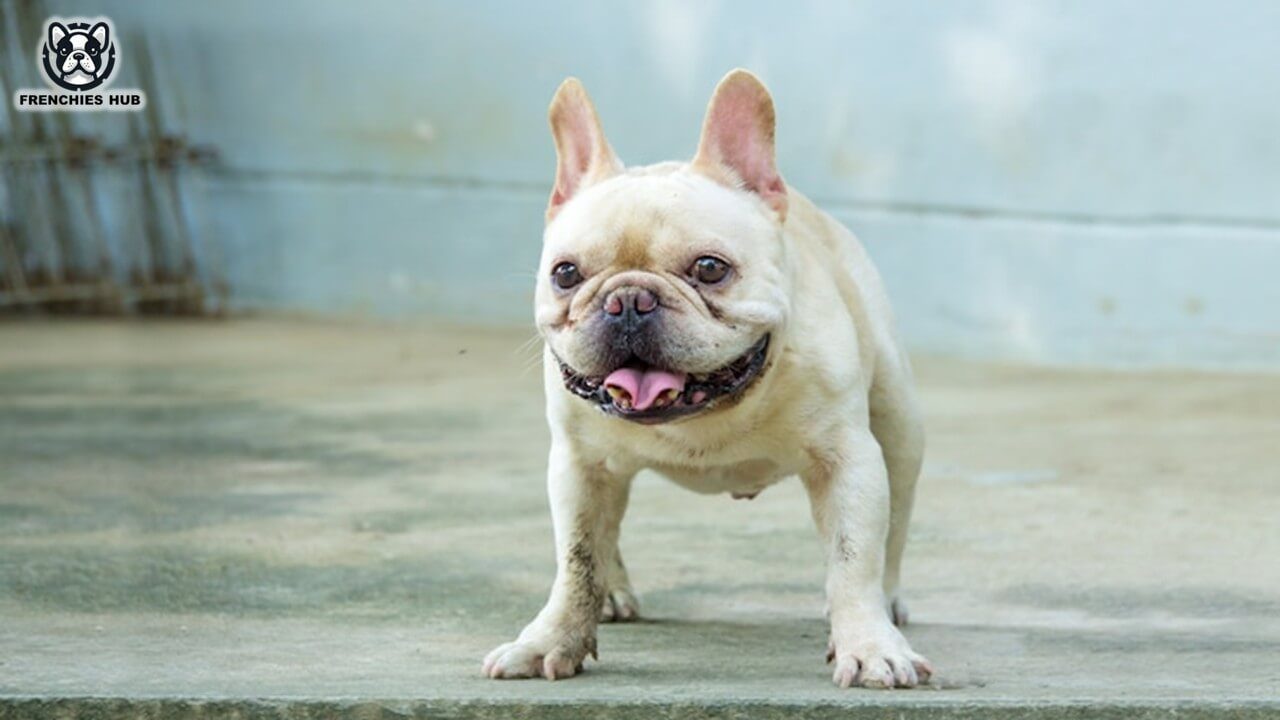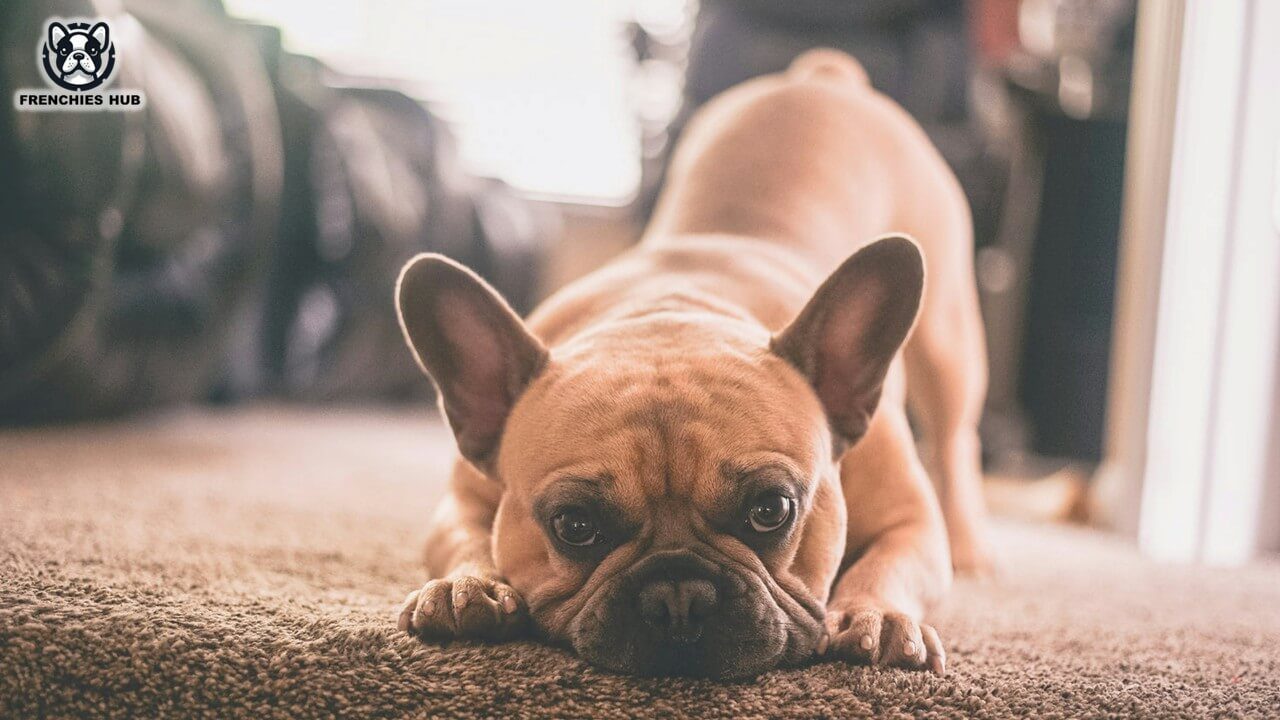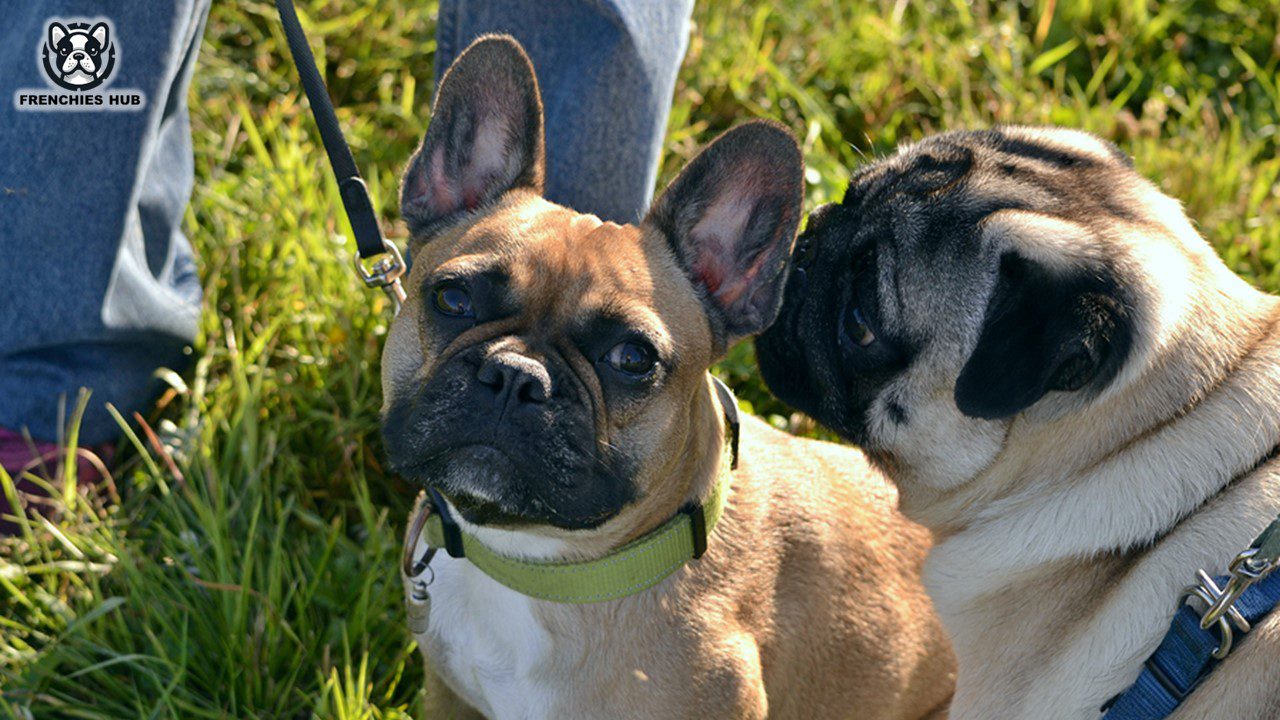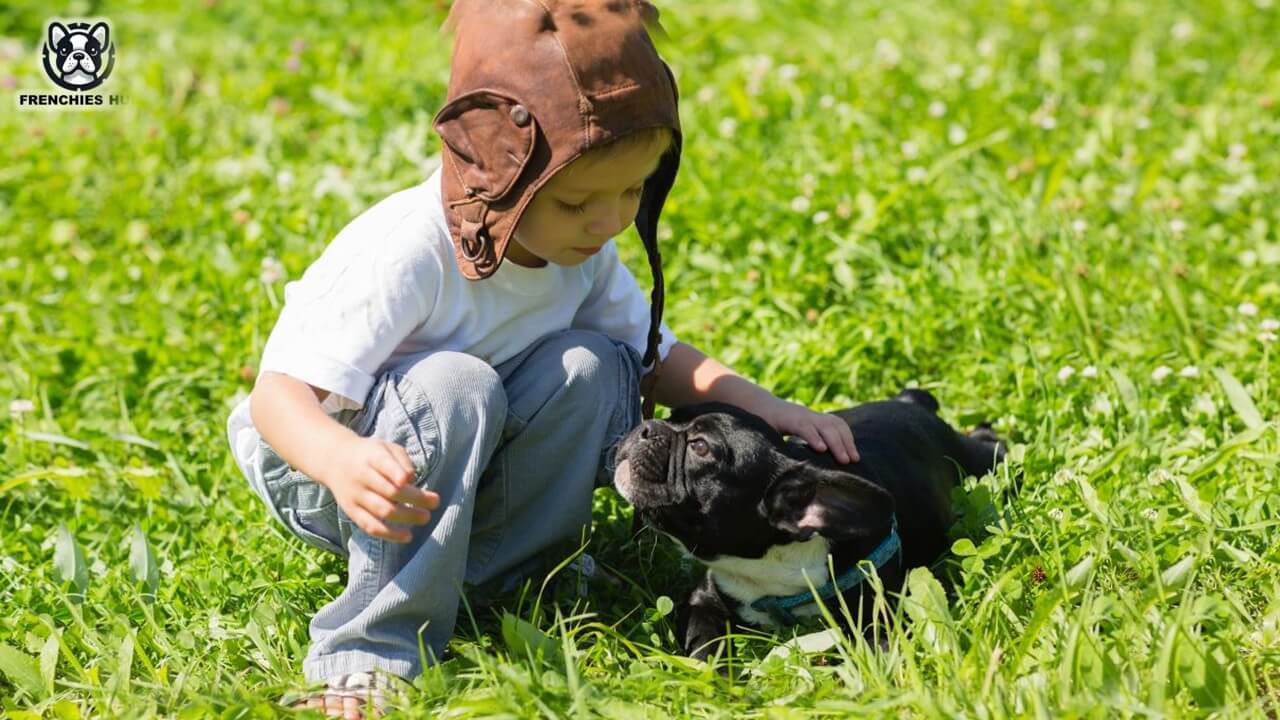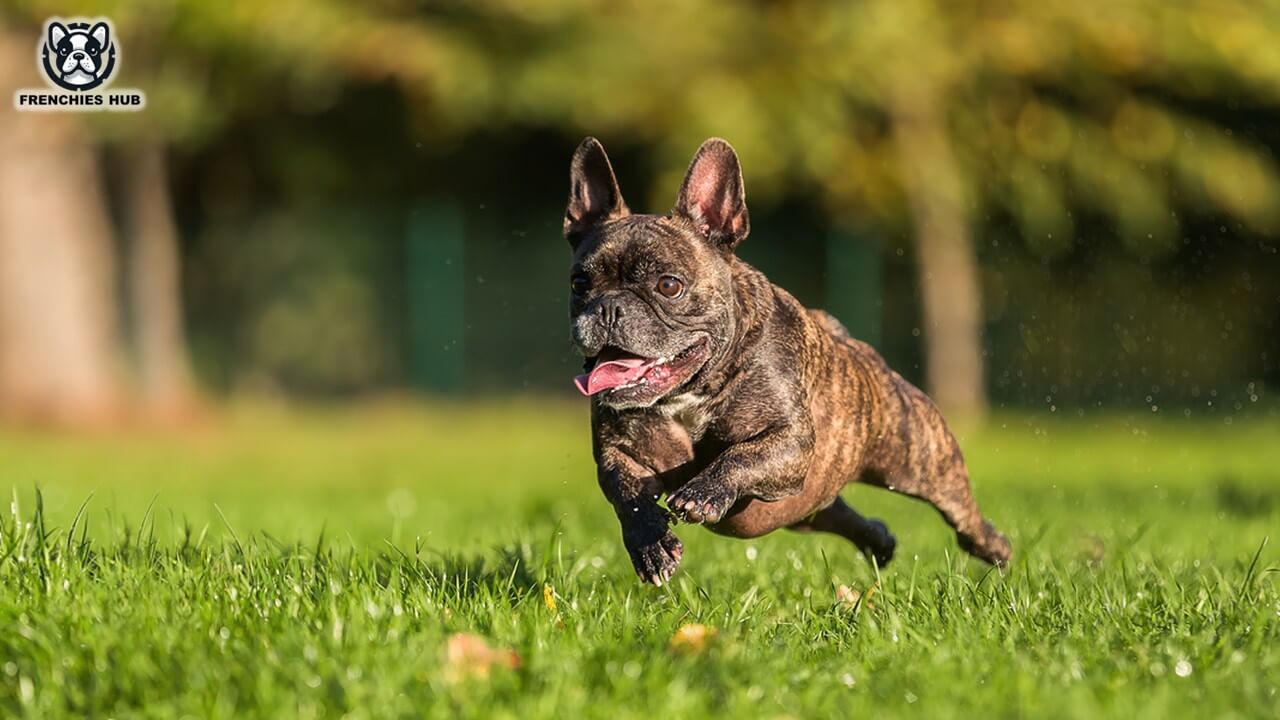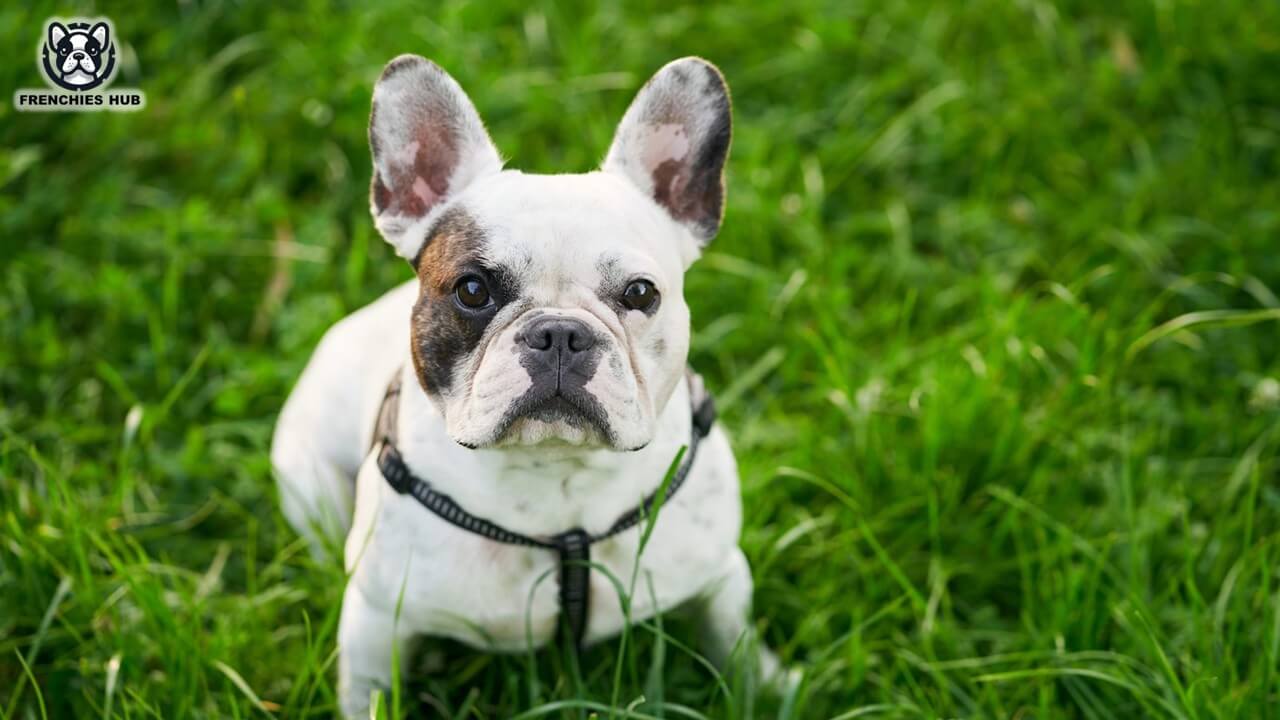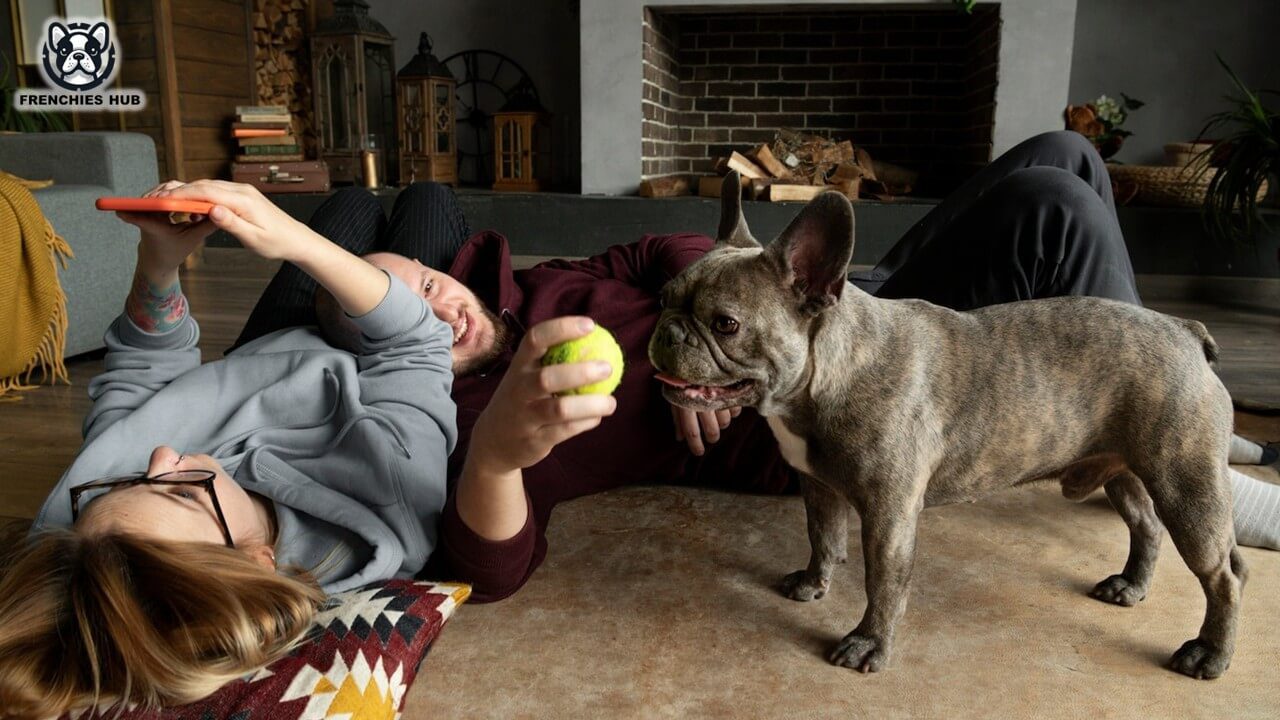Discovering your French Bulldog with cherry eye, a red mass in their eye, can initially cause panic. However, this is a more common situation than expected and typically not excessively painful for your Frenchie. In such cases, seeking medical attention promptly is vital. As a long-time observer of French Bulldog health, I’ve learned that understanding this condition and acting swiftly can prevent further complications.
What is Cherry Eye?
Cherry eye in French Bulldogs is often referred to as red eye due to the visible red lump in the corner of the eye. This condition, more formally known as nictitans gland prolapse, involves the prolapse or bulging of a tear gland. Unlike humans, who have two eyelids, dogs possess a third eyelid that provides extra protection. This eyelid contains a gland that contributes significantly to tear production.
When the ligament holding this gland in place detaches from the orbital bone, it leads to a prolapse, causing the gland to flip out. This results in an inflamed mass that’s easily noticeable. Vets often diagnose this as cherry eye, a condition relatively common among certain breeds, including French Bulldogs.
Symptoms accompanying cherry eye can vary. You might observe your Frenchie scratching or pawing at their face, squinting, or exhibiting discharge from the affected eye. In some cases, dry eyes or abnormal tear production can also be symptoms. These signs indicate that the gland’s function in tear production is compromised, necessitating vet intervention for treatment.
In terms of management, understanding this condition’s nature and its impact on your pet’s well-being is crucial. Early detection and appropriate care can prevent more severe issues like impaired vision or chronic discomfort.
Exploring the Causes of Cherry Eye
The cause of cherry eye in French Bulldogs remains somewhat of a mystery, with vets agreeing that the exact origins are still unknown. However, it’s observed that certain breeds, particularly French Bulldogs, are genetically prone to this condition. This predisposition suggests a hereditary factor playing a significant role in the development of cherry eye.
It’s also noted that cherry eye is more common in young dogs, especially those under two years old. The prevalence in younger dogs indicates that age and developmental stages could influence the likelihood of this condition occurring.
How Common Is Cherry Eye?
Cherry eye is a relatively common eye condition among certain dog breeds, particularly those like French Bulldogs. These breeds are more susceptible and prone to developing cherry eye, often attributed to their distinctive physical characteristics, such as shorter muzzles. Through years of observation and interaction with various dog breeds, it’s become clear that French Bulldogs, with their unique facial structure, are among those frequently affected by this condition.
The breeds prone to cherry eye encompass:
- French Bulldogs
- English Bulldogs
- Boston Terriers
- Lhasa Apsos
- Pekingese
- American Cocker Spaniels
- Cane Corsos
- Boxers
Cherry eye is quite a common condition, especially in dogs under two years of age. However, French Bulldogs of all ages are at risk of developing this eye issue. My experience in veterinary care has shown that while cherry eye predominantly affects younger dogs, it’s not exclusive to them. Interestingly, in rare cases, even cats can develop cherry eye, though it’s more commonly associated with certain dog breeds like French Bulldogs.
Can I Prevent Cherry Eye?
Preventing cherry eye, particularly in breeds like the French Bulldog, is challenging due to its largely unknown cause. It’s often thought to be genetic, so when choosing a puppy, it’s beneficial to inquire about the parents’ and family medical history regarding cherry eye from the breeder. However, it’s important to remember that no guarantee exists that a puppy without a history of cherry eye in its lineage won’t experience it.
From what I’ve observed in my work with dogs, understanding the genetic predisposition can be helpful, but there’s no surefire way to prevent it. Also, it’s reassuring to know that cherry eye is not transmittable to people or other animals in your home.
Warm Washcloth
A common home remedy for cherry eye in French Bulldogs is the use of a warm washcloth. This method involves gently massaging the inner corner of the dog’s eye with the cloth. It’s important to ensure both you and your French Bulldog are in a calm and relaxed state before attempting this, as it helps in making the process smoother and less stressful for the dog.
While this technique can temporarily alleviate the appearance of cherry eye, it’s not a permanent solution. The protrusion may poke back out over time, necessitating repeated applications. Remember, while home remedies can offer temporary relief, they should not replace professional veterinary advice and treatment.
Anti-inflammatory Eye Drops
For cherry eye in French Bulldogs, anti-inflammatory eye drops are a commonly suggested at-home remedy. Although technically requiring a prescription, these drops are a less invasive alternative compared to surgery. They work by helping to reduce swelling and can offer relief from the discomfort associated with cherry eye.
It’s important to note, however, that while these eye drops can be effective in treating symptoms, they are usually only a temporary fix. They don’t provide a permanent cure for cherry eye, and the condition may recur. Therefore, while using anti-inflammatory drops can be a useful short-term solution, it’s crucial to consult with a vet for long-term management and treatment options.
Identifying the Need for Veterinary Care
When it comes to cherry eye in your French Bulldog, it’s crucial to know when home remedies like a warm washcloth are insufficient and when to consult a vet. Although cherry eye is not typically a medical emergency, leaving it untreated can lead to chronic dry eye, increased risk of infection, and even permanent vision damage.
Veterinarians often prescribe anti-inflammatory eye drops to manage the swelling associated with cherry eye. These can provide temporary relief, but they don’t fully rid the dog of the condition. In cases where the cherry eye persists or recurs, minimally invasive surgery may be recommended. This procedure aims to reposition the eye gland rather than remove it, which helps maintain the eye’s natural tear production.
After surgery, it’s important for your French Bulldog to be reseen by the vet within 2-4 weeks to ensure proper healing and to prevent the cherry eye from coming back. In some instances, despite initial treatment, dogs may develop the condition again and require further surgery.
As a paw-rent, it can be scary to see your pet in discomfort. Remaining calm and avoiding extreme pain for your dog is important. Calling your vet at the first sign of cherry eye and preventing your dog from scratching the area are key steps in providing effective medical care.
Prognosis
Dealing with cherry eye in French Bulldogs, it’s crucial to understand that it’s a treatable condition. It’s not overly serious, but requires prompt medical attention. The right treatment, often involving surgery, can significantly reduce the risk of complications. In my experience, if a veterinarian is consulted early, the prognosis is good with healing typically completed in about 2 weeks. It’s essential not to wait for cherry eye to go away on its own. Always visit your vet ASAP if you notice any symptoms. The chances of recovery are high, with slim to none complications when treated timely.
Conclusion
In the world of French Bulldogs, a unique trait is their three eyelids, which predisposes them to cherry eye, a common condition in this breed of dog. Typically manifesting in situations when they are still young, it’s an affliction that may cause initial worry. However, the key is early detection and treatment. Recognizing this condition in its early stages makes it a highly treatable health issue, offering reassurance to owners of these charming canines.

